The Three Pagodas of Dali are independent pagodas in Yunnan province.
Arranged on the corners of a equilateral triangle, the Three Pagodas are located about 1.5 km (0.9 miles) north of the picturesque ancient town of Dali and face the west shore of ErHai Lake.
The pagodas are made of brick and covered with white lime. The style is rather unique among China’s ancient Buddhist architecture and are a national treasure.
The main pagoda, known as QianXun Pagoda, was constructed between 823 and 840 AD. It is 70 meters (227 feet) tall, square shaped and composed of sixteen stories with a carved white marble sitting Buddha statue at the center of each façade.
The body of the pagoda is hollow from the first to the eighth story, surrounded by 3.3 meters (10 feet) thick walls. In 1978, more than 700 Buddhist antiquities, including sculptures of gold and silver, plus manuscripts, were found within during major reparations.
The designers of the pagoda are said to have come from Xi’An, the capital of the Tang Dynasty at that time and also the location of another pagoda, the Small Wild Goose Pagoda, which shares a similar style but is about one hundred years older.
The other two sibling pagodas, built some one hundred years later, are 42.2 meters (140 feet) high. Unlike the QianXun Pagoda, these are solid and octagonal, with ten stories.
Behind the pagodas is a small lake called JuYing Chi (Reflection Pond), which provides a beautiful view of the Three Pagodas.
In 1925 a major earthquake flattened almost every structure in Dali, but the Three Pagodas were undamaged and have stood now for well over a thousand years.
[640],shadow=true,start=,stop=
The video is filmed by filmli08. We have simply tried to improve the video quality of the low-resolution original.


![With Jordan Porter. [videogallery type=playlist id=PLWmo3LKKQdCS_bppH-JVY40bB5jX0di7b num=20] YunNan 云南 province, south west China](http://img.youtube.com/vi/itQE4u2kLRc/mqdefault.jpg)


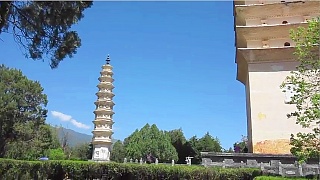


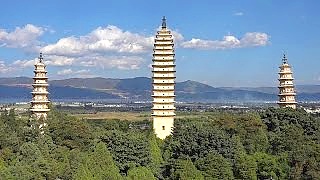

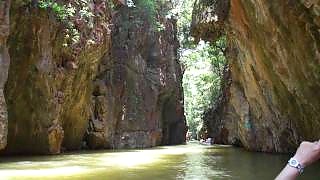






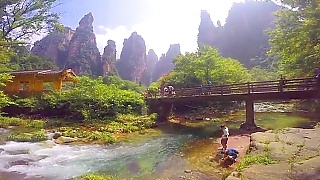








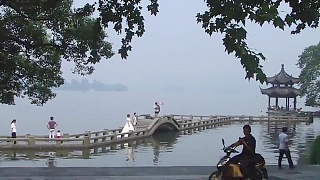

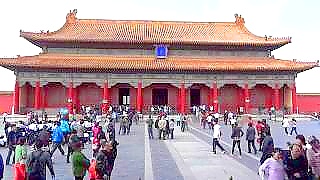
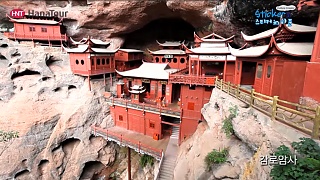

![How to pronounce the four tones and speak PinYin correctly. With Qing Xia ... [videogallery type=playlist id=PLn996NprGoEI-rbWdpRlX-yuZoQ5ERZl2 columns=2] Learn to speak Chinese from zero](http://www.beijingbuzzz.com/b101.jpg)





